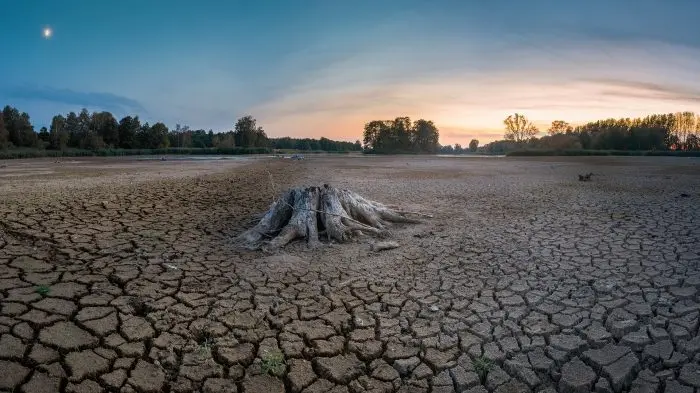
02/15/2022
Asst. Prof. Christopher Skinner from the environmental earth and atmospheric sciences department recently had an article published in Nature Climate Change in collaboration with Jitendra Singh, Moetasim Ashfaq, Weston B. Anderson, Vimal Mishra and Deepti Singh.Chris Skinner’s recent work shows that continued use of fossil fuels will increase the risk that multiple regions across the globe experience drought simultaneously. He calls these events “spatially concurrent droughts”, and they have the potential to destabilize global agricultural trade and threaten food security. For example, if droughts strike multiple breadbasket regions at the same time, food prices will rise, creating potentially life-threatening conditions in the world’s most socioeconomically vulnerable regions.
The team used global observations of weather and thousands of years of computer-generated climate model data to identify the drivers of spatially concurrent drought events. They found that these events occur more frequently when ocean temperatures in the Pacific Ocean exhibit certain spatial patterns. Unfortunately, the frequency of these particular ocean patterns is projected to increase in the future. Combined with overall warmer temperatures, which increase evaporation and dry soils, they project that spatially concurrent droughts will be about 40% more likely by the middle of the 21st century than they are today. The most effective strategy to reduce the likelihood of these drought events and ensure stability in global food production, is to reduce our reliance on fossil fuels.
To view the full article, visit Nature Climate Change. For more information on this research, please contact Christopher Skinner.
